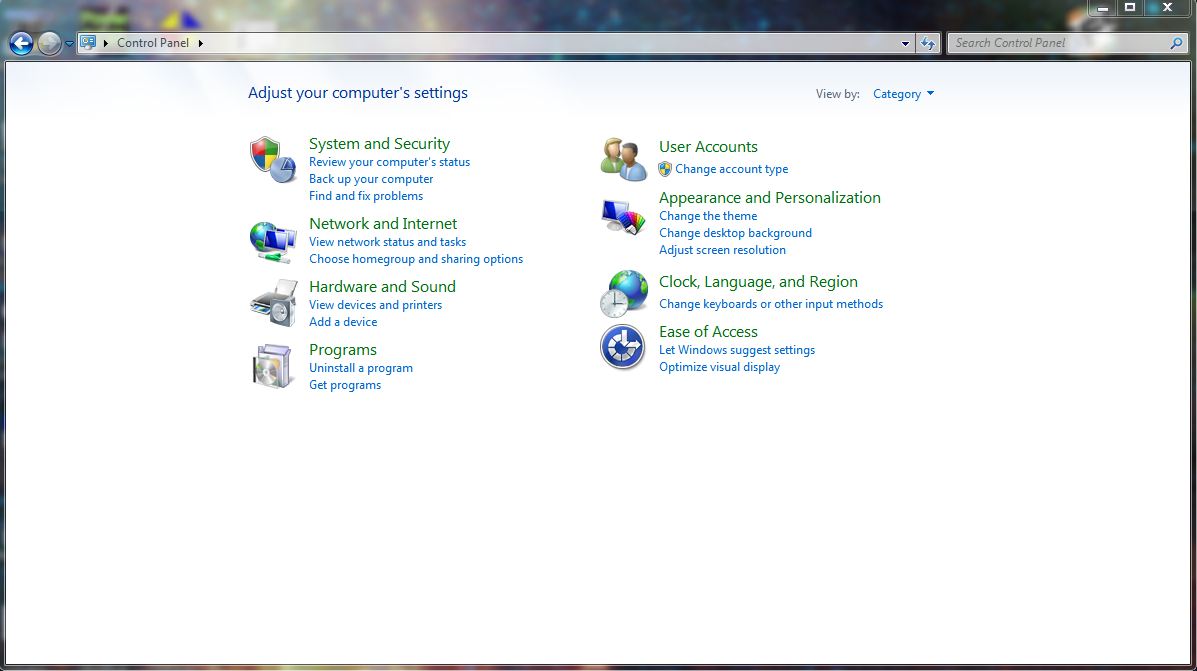Whilst I was just listening on 144.330 I heard a cq from Waldis VK1WJ
as per screenshot below once again showing the software giving the average decode
The spike and junk just prior is someone turning on a light or something
Some people say that they just get junk well you do sometimes but JTMS will dig around
and find something worth averaging and I bet FSK would have trouble decoding like JTMS has below
Below a good decode from Waldis VK1WJ again giving a report to John VK4JMC
yes it showing some junk decodes from the but it didn't try to make anything out of it
just the average decode from Waldis
And look what it pulled out of my powerline noise that comes in waves here
Just how good is that below
VK1KW Calling cq yes some junk but the averaging function worked well again
























